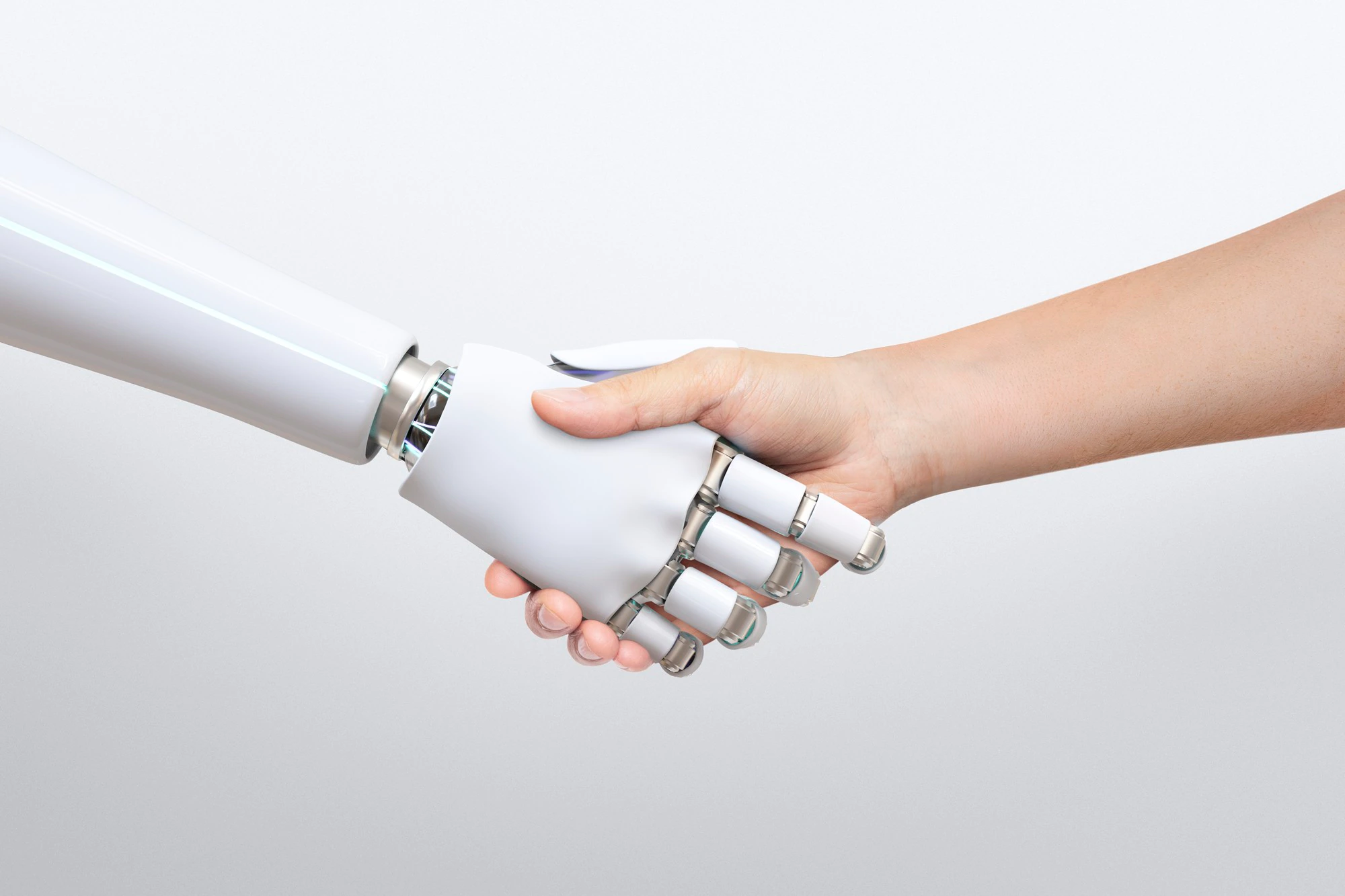At itgrows.today, we've spent countless hours pushing the boundaries of AI-driven development. Through this journey, we've learned a critical truth: artificial intelligence, for all its power, shares very human limitations.
Just like a junior developer overwhelmed by multitasking, AI agents flounder when forced to handle unstructured, ambiguous workloads. The dream of simply asking an AI to "build everything" quickly gives way to reality: without clear structure and orchestration, even the most capable models stumble.
Why Planning Still Matters
In our recent AI implementation cycles, the determining factor between success and failure wasn't model capability — it was planning rigor. AI doesn't transcend classic engineering principles. If anything, it amplifies them.
Consider this example: ask an agent to "add user authentication" while simultaneously "optimize database queries." Expect chaos — half-built OAuth flows, mangled SQL joins, and broken APIs. Why? Because AI, like a human, operates within a limited session context. Overload that context, and the thread of logic snaps.
What's needed isn't more compute — it's better engineering discipline. Treat AI agents like junior developers. Give them crystal-clear specifications, atomic well-scoped tasks, and strict boundaries and sequencing.
Session Discipline: The Unsung Hero
One of the simplest but most powerful techniques we've adopted is session isolation. For example:
Session 1: Backend API refinement
Session 2: Frontend component updates
Session 3: Database optimization
By dividing responsibilities into clean, isolated domains, we preserve the context each agent needs to perform well. Break this rule, and you'll get Python API handlers inexplicably morphing into React components. We've seen it happen.
Building AI-Friendly Workflows
After much trial and error, our team has developed three core practices that bring order to the chaos.
Living Documentation with AI Markers
Every task an agent performs must be discoverable and traceable. We use inline flags like:
# AI-NOTE: JWT_SECRET loaded from env vars
# AI-TODO: Implement token refresh flow
These AI-* comments act as breadcrumbs. Before making changes, agents scan the codebase for these markers to reorient themselves and preserve implementation context.
Dynamic Blueprinting
Forget static task lists. Instead, maintain a real-time, evolving plan of action:
## Payment Module Progress
✅ Completed
- Stripe integration
- Receipt generation
🔧 Current Focus
- Refund processing
⏭ Next
- Currency conversion
This living roadmap becomes an AI's implementation GPS.
GitHub-Inspired Scaffolding
Inspired by open-source best practices, we use three foundational documents for every AI-enabled project:
README.md – the North Star outlining architecture and goals
AGENTS.md – role definitions, limitations, and scope boundaries
CONTEXT.md – session-specific logs, breadcrumbs, and intermediate outputs
This is not bureaucracy — it's the difference between symphony and chaos.
The Paradigm Shift: From Chaos to Control
Our real breakthrough came when we stopped treating AI as a magical genie and started managing it like a team member. We implemented sprint planning for agents, clear "Definition of Done" for micro-tasks, and prioritization frameworks for feature rollouts.
Here's a case study: A billing module failed through 12 messy iterations — until we broke it into 8 atomic tasks, used AI markers to maintain continuity, and updated the blueprint after each session. It shipped in 2 sessions.
Key Strategies for AI Agent Management
- Session isolation: Keep AI tasks focused and contextually clean
- Living documentation: Use AI markers to maintain continuity
- Dynamic planning: Create evolving roadmaps for AI implementation
- Clear boundaries: Define strict scope and limitations
- Atomic tasks: Break complex work into manageable pieces
Best Practices for AI Workflows
- Plan before AI: Define clear specifications and boundaries
- Isolate sessions: Keep AI tasks focused and contextually clean
- Document everything: Use AI markers and living documentation
- Monitor progress: Track AI work with dynamic blueprints
- Review and iterate: Continuously improve AI workflows
Final Thought: Embrace the Constraint
AI's greatest strength — contextual awareness — becomes its weakness when structure is missing.
The teams shipping real, production-grade results aren't those with the flashiest models. They're the ones who deconstruct complexity into small tasks, maintain strict session discipline, and institutionalize documentation and planning.
This isn't about limiting AI's potential — it's about unleashing it. By building the scaffolding for success, we transform fragile AI experiments into reliable, repeatable engineering workflows.
— Team itgrows.today | Transforming AI from wild stallion to workhorse
#AI #AIDevelopment #AIEngineering #AIAgents #PromptEngineering #SoftwareDevelopment #TechWorkflow #TeamManagement #Productivity #DevProcess #ITgrows
